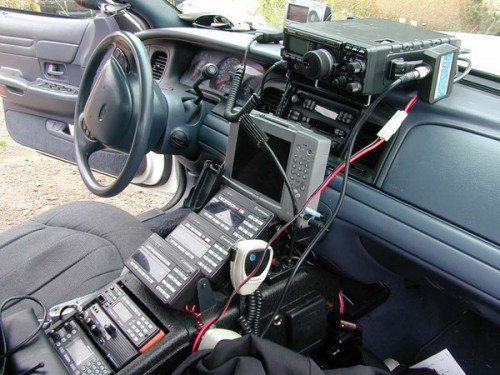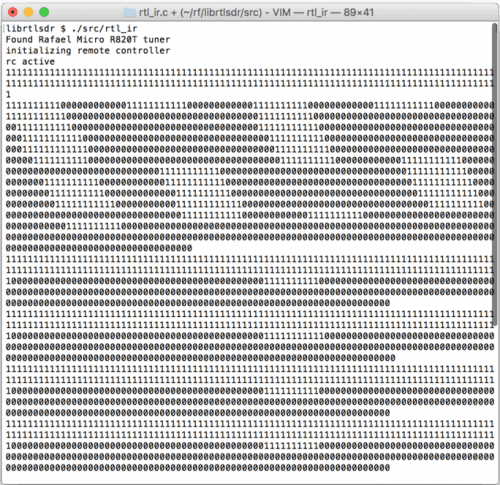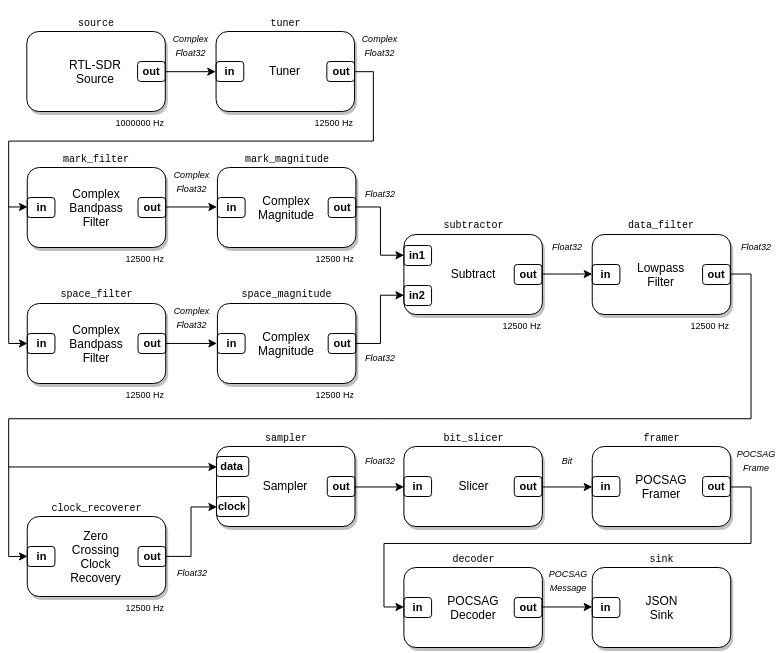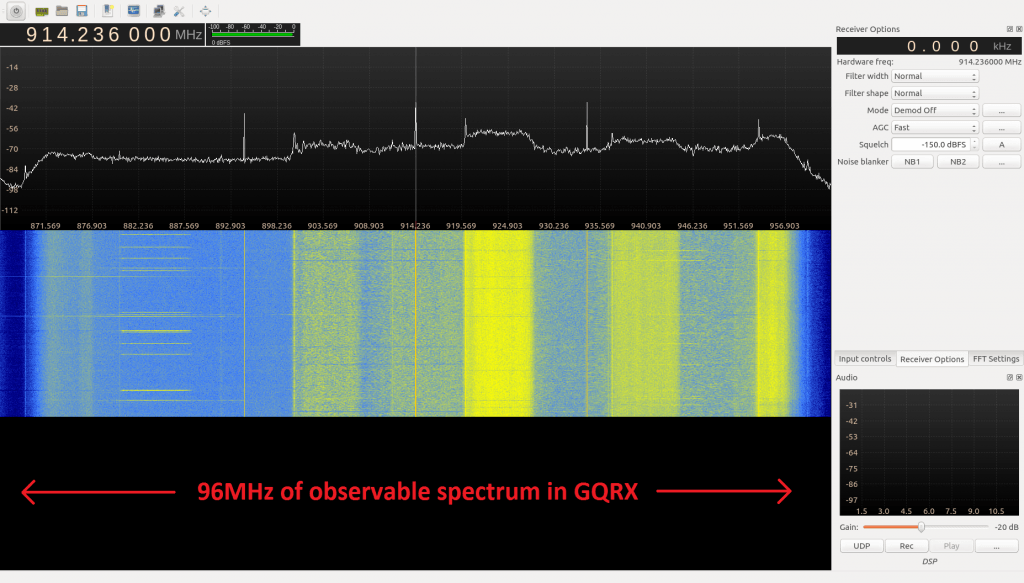What’s so special about 50 Ohms?
Hackaday contributor Al Williams has posted an article on Hackaday titled “What’s special about 50 Ohms”. Components such as coax, connectors and other components in RF circuits all have an important parameter called impedance. For good signal performance we want everything to have the same impedance. If wildly different impedances are used between components the signal will experience reflection (i.e. not all of the signal gets transmitted and some gets reflected back, causing a reduction in signal).
The standard impedance used in most radio equipment is 50 Ohms, however some applications like TV prefer to use 75 Ohms. The hackaday article discusses why 50 and 75 Ohms is the standard impedance used. Basically 50 Ohms is an compromise between the impedance of best power handling (30 Ohms) and the impedance of lowest loss (77 Ohms) of air dielectric coax cable.






